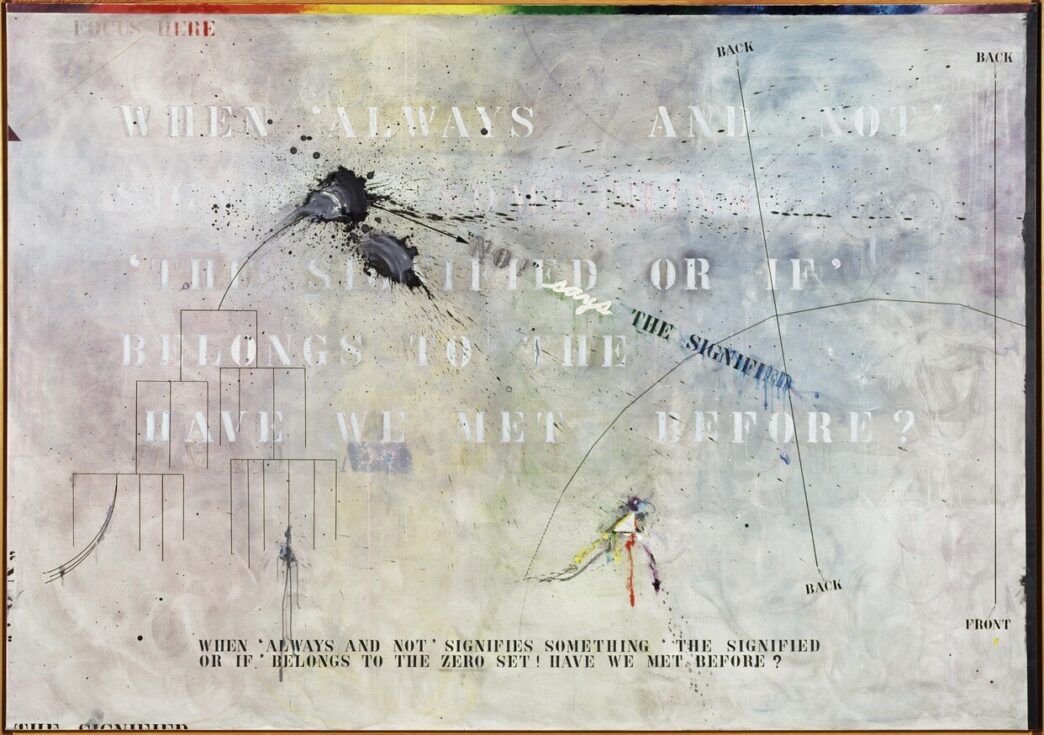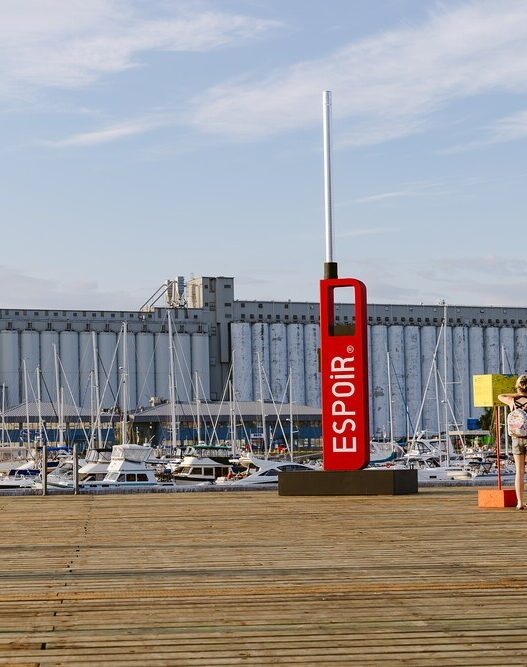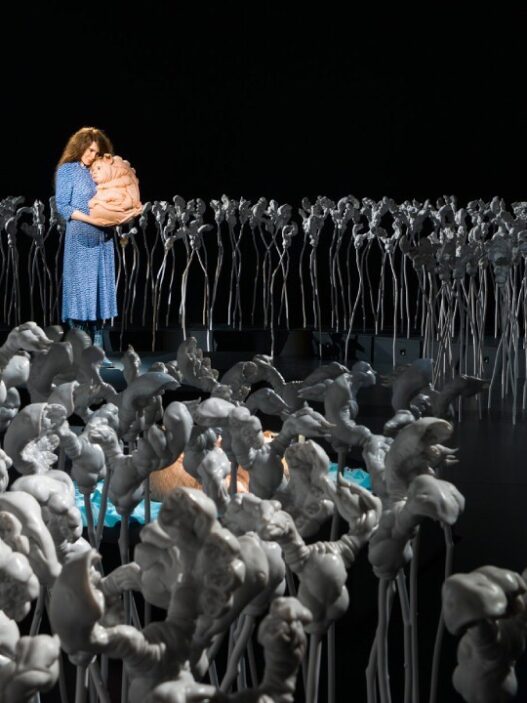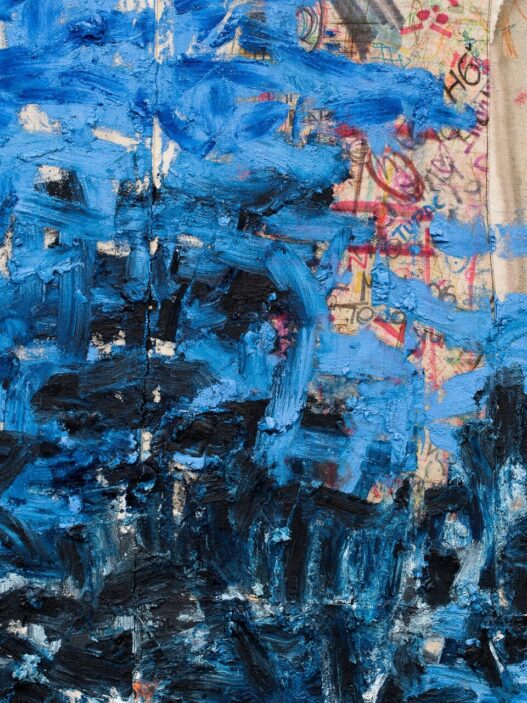July 9–October 1, 2022
Dead Lecturer / distant relative: Notes from the Woodshed, 1950–1980, gathers an archive of Asian American and African American visual art and poetics produced over two successive generations following the Second World War, in order to pose questions about the relationship between loss and kinship, history and memory, and race and abstraction.
The title of the exhibition alludes to a relationship that is not an Afro-Asian analogy meant to obscure structural distinctions in racial formation, but rather raises a discussion about how history and memory are practiced in the space between two racial appearance paradigms. Although the interanimation of invisibility and hypervisibility has been used to describe both African American and Asian American racialization, the social and political constraints attached to these racialized modes of appearance are frequently perceived to be so dissimilar that they are violently figured in opposition to one another in accordance with myths of “good” and “bad” or criminal and model minorities. The exhibition aims to address a number of attenuated intimacies and antagonisms across time, space, and culture, in addition to contesting the ways in which Black art has historically been excluded from the category of abstraction as part of an anti-Black disavowal of African American capacity for abstract thought or exposing the ways in which Asian art has been decontextualized and elevated as abstract in disavowal of the degradation of Asian American social life in the United States.
The show starts from the premise that anachronism plays a crucial role in the histories of creation by artists of color, which are constantly accompanied by cycles of forgetting and supposed rediscovery. Anachronism is relayed in the temporalities of loss and revenance, reserve and exposure. The exhibition views the exhibited works as both lost and found, “notes from the woodshed,” with their horizons of address yet unknown, in recognition of this uneven accessibility to historical narrative. Dead Lecturer/Distant Relative examines the topic of voice that was fundamentally opened by the historical formation of this body of work and rehearsed through the question of its recall in the present rather than a survey of lost voices intended to restore canon.
Dead Lecturer / Distant Relative aims to deepen these social and aesthetic considerations of address as they are currently being addressed, rather than registering a chronicle of experiment in terms of the changes in approach to media that characterized a period in which developing social and political antagonisms were increasingly mapped onto polemics of aesthetic convention by artists and writers contesting the relationship between the artwork and the audience, the public and the private. The exhibition proposes an attention to submerged histories operating under the uneven distribution of a contemporaneity claimed, instituted, and distributed according to the entitlements of race, rather than a heroic narrative that would position these artists to anticipate or innovate art historical modernities. Dead Lecturer/distant relative turns to the modes of restraint, of “not telling,” which are both evoked by these artists’ works and prompted by the difficulty of our current conception of them. The exhibition seeks to locate experiment in practices of speculation and memory by asking what reconstructions of the dominant languages of modernity, abstraction, voice, and the public have been and continue to be imagined by “those who refuse to represent,” drawing on a diverse archive of refusal to prevailing modes of political and perceptual recognition and visibility.
Featured artists and writers in the exhibition include Pacita Abad, Charles Alston, Leo Amino, Shusaku Arakawa, Russell Atkins, Mei-mei Berssenbrugge, Bernice Bing, Vivian Browne, Beverly Buchanan, Theresa Hak Kyung Cha, Ching Ho Cheng, Beauford Delaney, Fred Eversley, Sarah Webster Fabio, Julia Fields, Charles Gaines, Sam Gilliam, Byron Goto, Joseph Goto, Jessica Hagedorn, Marvin Harden, Felrath Hines, Lawson Fusao Inada, Stephen Jonas, LeRoi Jones/Amiri Baraka, June Jordan, Bob Kaufman, Roy Kiyooka, Ted Kurahara, Elouise Loftin, Al Loving, Wong May, George Miyasaki, Emiko Nakano, Senga Nengudi, Win Ng, Jerry Tsukio Okimoto, Joe Overstreet, John Pai, Howardena Pindell, Adrian Piper, N. H. Pritchard, Martin Puryear, Ed Roberson, Kay Sekimachi, Thomas Sills, Lorenzo Thomas, Walasse Ting, Leo Valledor, Carlos Villa, José García Villa, Fred Wah, and Jack Whitten.
Curator bio
The Department of English and Comparative Literature at Columbia University is home to writer, curator, and doctorate candidate Genji Amino. They were a 2021 Emerge-Surface-Be fellow at the Poetry Project and the curator of No Monument: In the Wake of the Japanese American Incarceration at The Noguchi Museum (2022) and Leo Amino: The Visible and the Invisible at David Zwirner Gallery in 2020.
The Miriam and Ira D. Wallach Art Gallery
Lenfest Center for the Arts
615 West 129th Street (Enter W 125th Street, b/w Broadway & 12th Avenue)
New York, NY
wallach.columbia.edu
Instagram / Twitter / Facebook














![[1] Kunstverein Toronto announcement. [2] G.B. Jones monograph cover image.](https://dailyart.news/wp-content/uploads/2022/08/kunstverein_toronto-527x703.gif)





